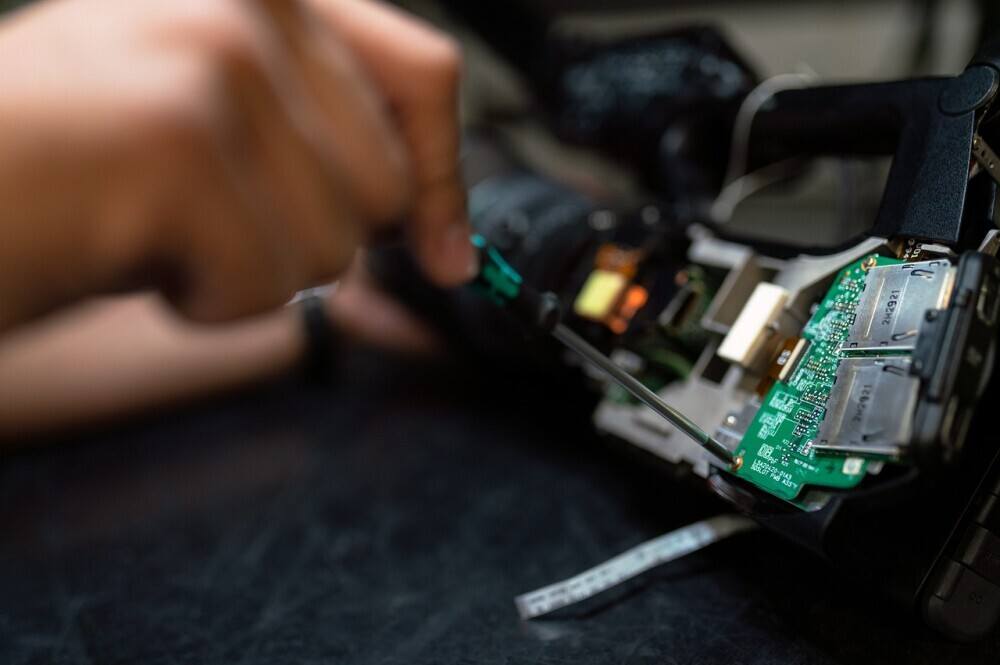
The Engine Control Unit, or ECU, is like the brain of a vehicle. It manages various systems and functions that keep the car running smoothly. From controlling the fuel injectors to managing ignition timing, it keeps tabs on the critical operations that make driving possible.
In today’s vehicles, the ECU plays a central role in maintaining performance and efficiency. It works tirelessly in the background to ensure everything’s running as it should. When something goes wrong, it triggers warning lights to alert drivers—though deciphering those warnings can be a bit complex.
Spotting ECU issues early can save a ton of hassle down the road. Common signs include mysterious warning lights on the dashboard, a decrease in fuel efficiency, engine misfiring, and issues with starting the car. Ignoring these symptoms might lead to bigger, costlier problems.
Recognizing the importance of the ECU is key to understanding how a car functions. When issues arise, knowing what to look for can mean the difference between a quick fix and an avoidable, expensive repair.
Diagnosing ECU Problems: Tools and Techniques

Tackling ECU problems can seem daunting, but armed with the right tools, it’s more manageable than it appears. At the most basic level, having a reliable OBD-II scanner can be a game changer. These devices are essential for reading error codes and understanding what might be going on under the hood.
Using an OBD-II scanner is straightforward once you get the hang of it. By plugging it into the car’s OBD-II port, typically found beneath the dashboard, it can quickly identify stored error codes. These codes play a vital role in diagnosing what needs attention—be it a simple reset or a more complex repair.
Understanding common ECU error codes like P0300, P0420, and P0606 can illuminate the path to a solution. For instance, while P0300 indicates a random misfire, P0420 suggests issues with the catalytic converter’s efficiency. On the other hand, P0606 can mean there’s a problem within the ECU itself, which could require professional intervention.
Software plays an understated yet critical part in diagnosing ECU issues. Many scanners come with a software component that can be hooked up to a laptop, giving a broader view of what’s happening. With these digital insights, pinpointing the cause of the problem becomes a more grounded task.
Tool familiarity and technique are your allies when sorting out ECU complications. Although some issues may seem complex, breaking them down into manageable pieces using these tools makes troubleshooting more approachable and less mysterious.
Step-by-Step Guide to Resolving ECU Issues

When tackling ECU problems, the first pitstop is inspecting electrical connections. Loose or damaged wires can wreak havoc on the ECU’s functionality. A thorough check for corrosion, broken connectors, or frayed wiring is a good starting point, potentially solving the issue before diving into more complex solutions.
Resetting the ECU is another common tactic, often simpler than it sounds. This process can clear temporary glitches by resetting the system’s parameters back to default. However, knowing when to reset is crucial—rushing into it without proper diagnosis might lead to overlooked deeper issues.
Certain problems trace back to faulty sensors connected to the ECU. Identifying and replacing these bad components is crucial for restoring full functionality. Replacements should be done carefully, ensuring compatibility with your vehicle’s system to avoid further complications.
Hardware replacements require caution. Using Original Equipment Manufacturer (OEM) parts is often recommended to maintain the integrity of the vehicle’s systems. While it might be tempting to save money with generic parts, OEM parts ensure optimal performance and reduce the risk of future problems.
Preventive Measures and Maintenance Tips for ECU Longevity
Keeping the ECU in good shape involves regular inspections. Setting up a schedule for checking the ECU and its connections can catch minor issues before they escalate. Regular checks also help in maintaining the vehicle’s overall performance.
Software updates are often overlooked, but they’re vital for the ECU’s health. Manufacturers release updates to improve functionality and address known issues, so keeping the ECU firmware current is essential.
Environmental factors like extreme temperatures and moisture can affect the ECU’s lifespan. Protecting your vehicle from harsh conditions can prevent damage and prolong its life.
Professional servicing is an invaluable asset. When in doubt, seeking help from a trusted mechanic can provide peace of mind and ensure that issues are resolved correctly. Professional diagnostics often unearth problems that might not be immediately obvious.
